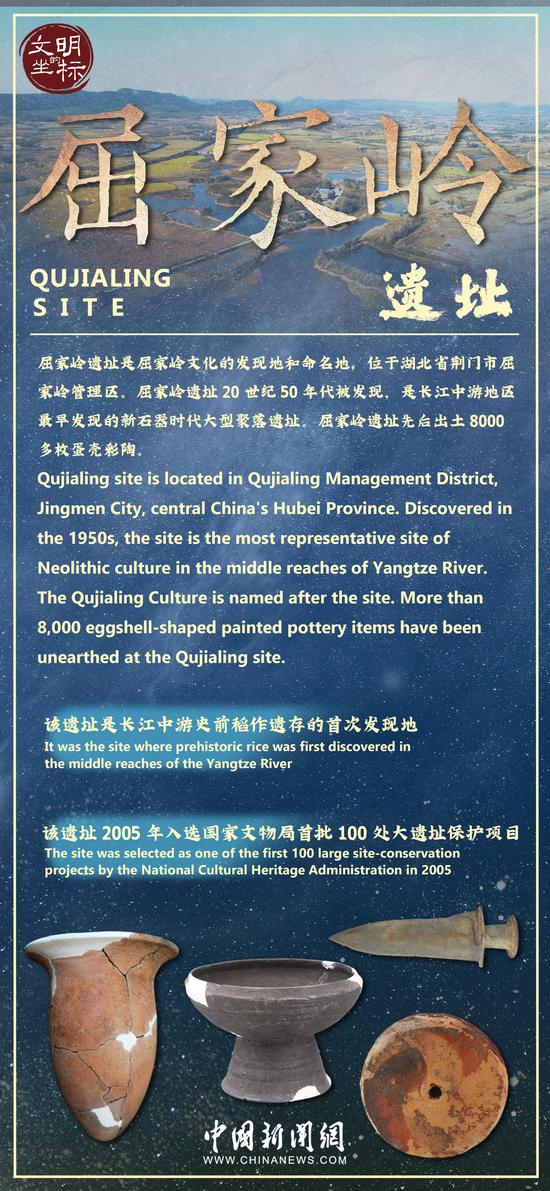Chinese researchers have investigated and mapped the first human blood virome of the Chinese population and analyzed the prevalence, abundance and genome coverage of 14 viruses in human blood, which could provide critical information for epidemiology and prevention of viral infections, vaccine development, and virus genomic investigations.
The researchers analyzed the nonhuman sequencing reads in the whole-genome sequencing (WGS) dataset of 10,585 individuals from the China Metabolic Analytics Project (ChinaMAP) to investigate the blood virome in the Chinese population.
Screening the natural populations using sequencing technologies for the detection of known and novel viral pathogens could provide critical information for epidemiology and the prevention of viral infections, vaccine development, and virus genomic investigations.
Researchers identified 14 viruses found to be widespread in the Chinese population including oncogenic viruses which are associated with numerous common cancers, Epstein-Barr virus (EBV), hepatitis B and C viruses (HBV and HCV), and human papillomavirus (HPV).
HBV, which received the most public attention, was identified in 1.69 percent of individuals.
Based on the ChinaMAP, the research was jointly accomplished by the Ruijin Hospital affiliated to Shanghai Jiao Tong University and Chinese genomics firm BGI Genomics Co. The research was recently published in the Cell Discovery journal.


















































 京公网安备 11010202009201号
京公网安备 11010202009201号